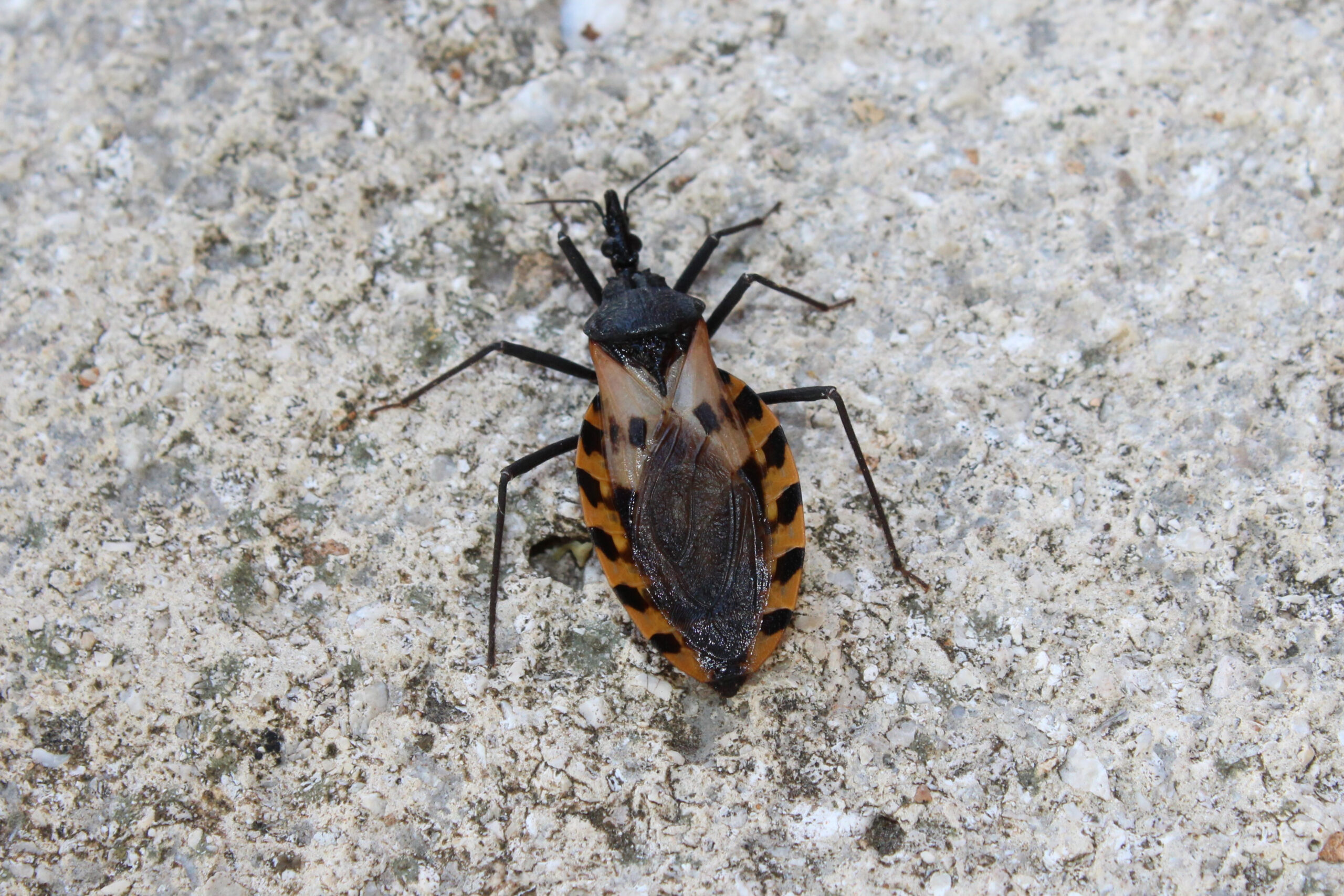The kissing bug sounds like the perfect mascot for Valentine’s Day. With a name like that, you would think it’s an enjoyable creature to have around. But in reality, it’s just another blood-sucking pest for us to think about. It’s similar to the other bloodthirsty pests we know so well — such as bed bugs and mosquitoes — especially since the kissing bug is also nocturnal and feeds on multiple hosts. So what makes it unique? Let’s look at the life of this frustrating pest and why a bite from it could be more than just an irritating mark.
Life Cycle
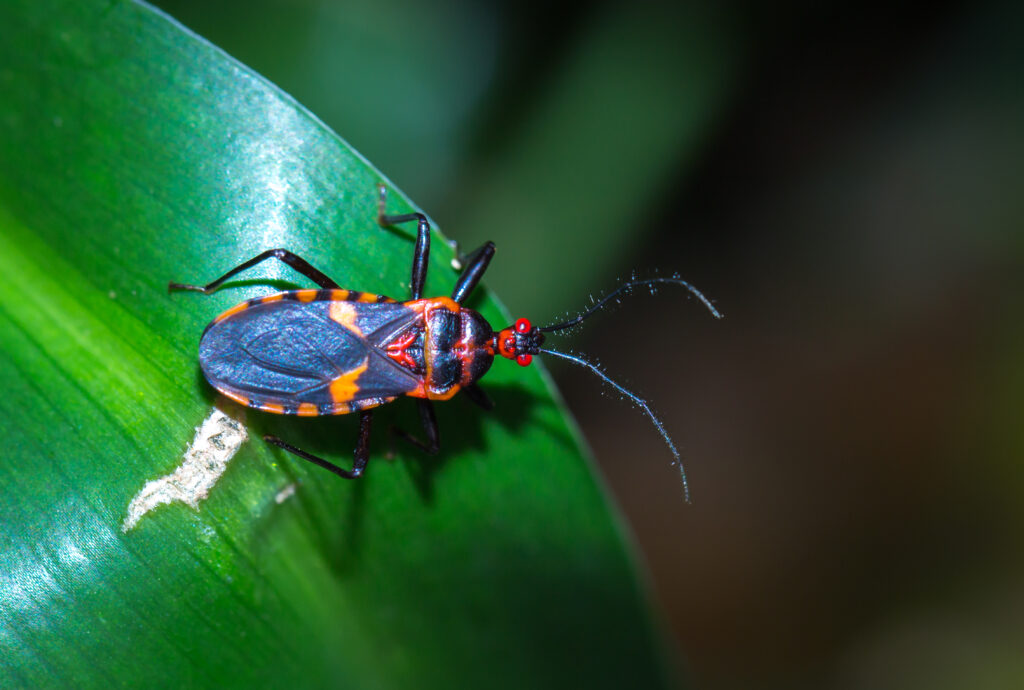
Kissing bugs start as eggs like any other insect, then go through five different nymph stages. They feed on warm blood during these stages (we’ll discuss this later), but not as much as their adult stage. Also known as triatomine bugs, kissing bugs are about half an inch to 1 inch long. They have black or brown wings with bright reddish-orange stripes on the sides of their abdomens, which is why kissing bugs are often mistaken for boxelder bugs. The main difference is that boxelders have red stripes on their front wings rather than their abdomen, and they tend to stay near plants so they have a reliable food source.
Since kissing bugs can live for up to two years, an invasion of them will have prolonged problems. These bugs are primarily found in the southern half of the country, and have been tested in about 30 states. They like to walk more than fly, so they will not travel far to find food. Kissing bugs are also the only known bugs that possibly carry Chagas disease, so areas without kissing bugs are not at risk of spreading this specific disease. They are more common near older homes or houses with insufficient seals, as they want to get to their food as easily as possible.
Kissing bugs generally behave similarly to bed bugs since they’re in the same order, but kissing bugs still don’t produce as rapidly as bed bugs. So if you see many kissing bug nymphs and adults in one area, it is a true invasion and needs to be treated immediately.
Feeding Habits
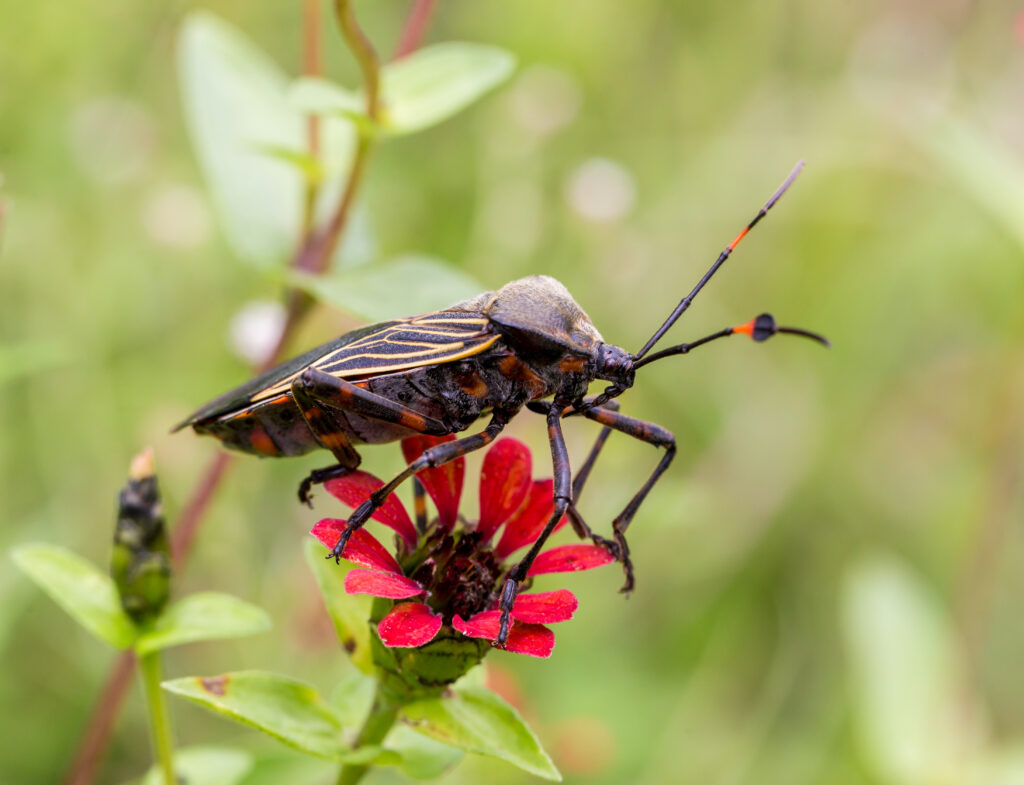
We already mentioned that kissing bugs are bloodsucking pests, but there are two features that set them apart from other bloodsuckers: the locations of their bites and the disease they potentially carry.
Kissing bugs got their name for their habit of biting humans and animals around their mouths. However, we wouldn’t necessarily call it a kiss since it’s not on the lips and isn’t a fun experience at all. Kissing bugs also bite on the face, arms, and legs, but they prefer the areas around the mouth and eyes. They create 2 to 15 bites in the same area; the exact number depends on the size of the bug and how much blood it consumed. Kissing bugs take several minutes to feed because they continuously drink until they’re full. But they do not attach to their host like ticks do, so the kissing bug will detach anytime they feel threatened.
As for the disease, kissing bugs are the only known carriers of Chagas disease. They contract it when they feed upon an infected person or animal. Kissing bugs feed on birds, raccoons, coyotes, possums, dogs, and humans. If a bug goes from feeding on a wild animal to a person, there is a higher chance that it will have the infamous parasite. And since their bites aren’t painful, the sleeping mammal will likely not wake up to brush the bug away. The kissing bug may get too confident and start walking all over our faces, in which case we would probably wake up to swat the bloodsucker.
Nesting & Sleeping
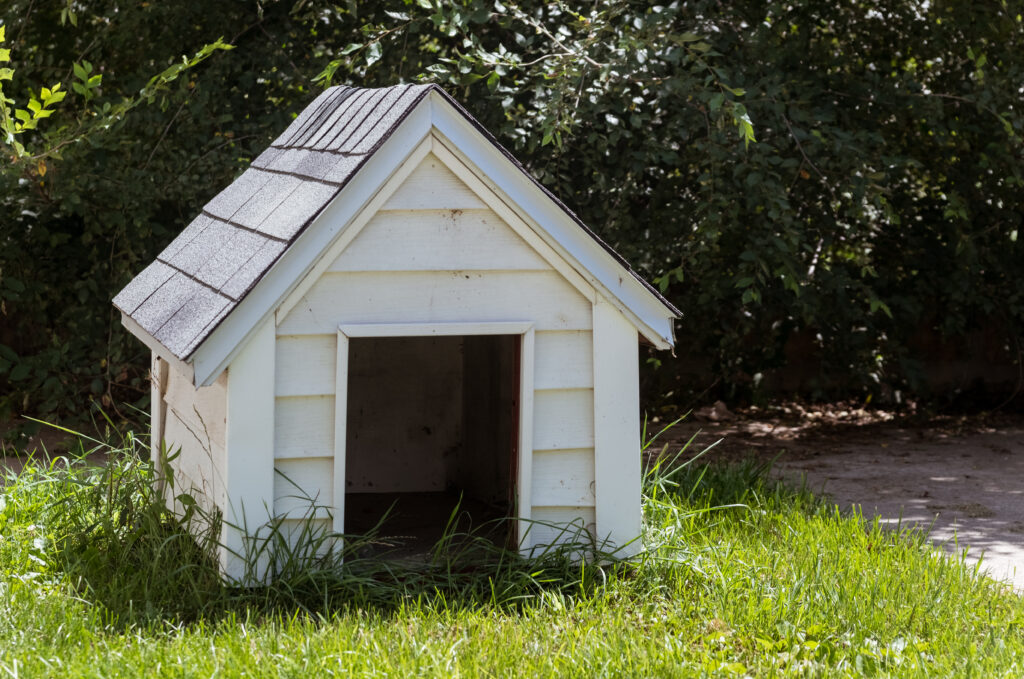
Since kissing bugs are nocturnal, they have to be excellent hiders during the day to prevent being squished or eaten. They like to live by their host, so they tend to stay near mammals, birds, or reptiles. Kissing bugs can be found near the areas where wildlife sleeps, like in dog houses and chicken coops. If you have either of these in the yard, we recommend checking them regularly for any kind of creepy-crawly that may have snuck into the enclosed space.
Interestingly enough, kissing bugs can also be found near rodent infestations! This is likely because rodents provide them with a food source and will unknowingly lead the bugs to more food if they invade a home.
Kissing bugs want to avoid the sun while they rest during the day after a long night of drinking blood. Some of their favorite habitats are under rocks, in piles of materials, near cement, under porches, and in nests. They like to be warm, so they do most of their traveling in the summer when they journey from host to host.
Kissing bugs function much like mosquitoes in that they are attracted to carbon dioxide. This determines where they travel. Humans naturally produce more carbon dioxide in the summer as we try to stay cool, which attracts more kissing bugs and increases the risk of receiving both their bites and the infamous Chagas disease.
Chagas Disease
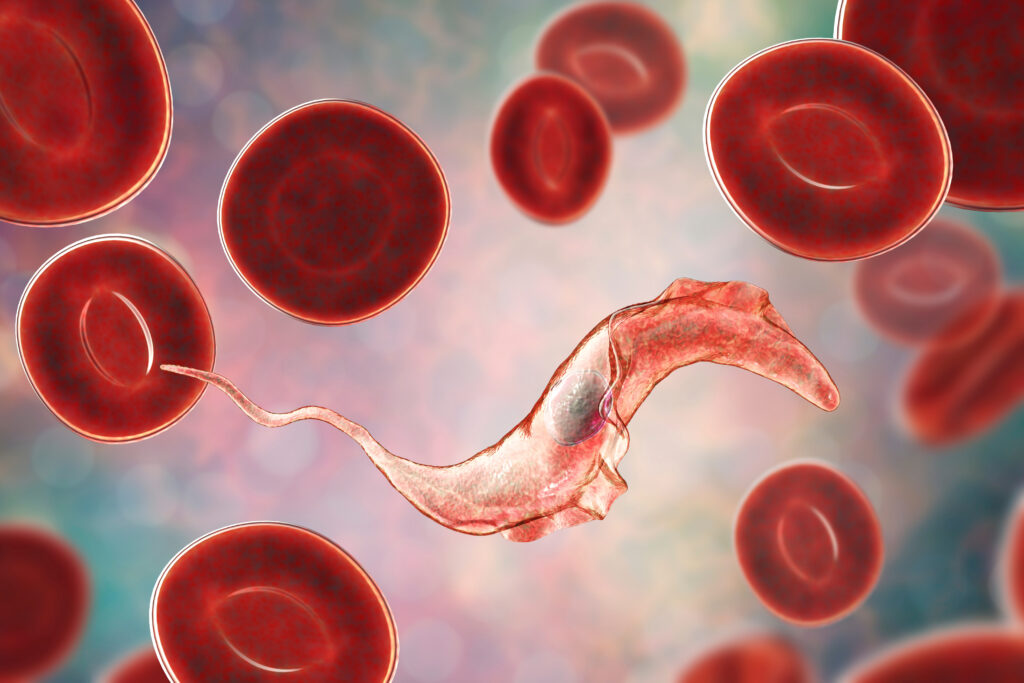
This disease is most common in Central America, South America, and Mexico because the parasite is often found in those areas. That being said, there are enough cases in the U.S. to make it worth learning about here. About 50% of kissing bugs are believed to have the parasite responsible for the disease, based on several scientific studies.
The parasite is call the Trypanosoma cruzi and is transmitted when a kissing bug feeds on an infected mammal. This parasite is kept in the gut of the kissing bug and (surprisingly) isn’t transmitted through their saliva. The way that humans and animals contract Chagas disease is through the droppings of kissing bugs. If the bug produces feces while they feed or finish feeding — a disgusting habit of theirs — and it gets inside the bites, the host is at risk of contracting the disease.
If you wake up with kissing bug bites one morning, don’t panic! It is not a guarantee that the disease will be transmitted, so this may just be a case of itchy bug bites. But if the bites look infected at all, we highly recommend seeking medical attention and being tested for Chagas disease. There are two main phases that are marked by different symptoms. The first phase has flu-like symptoms, such as fever, aches, rash, fatigue, appetite loss, and vomiting. This is the more common phase, as the next one only affects one in three people who have been bitten by the kissing bug.
The second one is more internal and can last for years. The chronic phase is marked by heart problems that may not be detected for a while. Dogs who have Chagas disease are at risk of developing heart disease, but many of them remain asymptomatic for a long time. These symptoms and factors are all good to keep in mind, but there is no need to worry about this disease before falling asleep every night. A tightly-sealed, pest-free home is less likely to house kissing bugs any time of year, including this Valentine’s Day. Plus, counting sheep is much more pleasant than counting kissing bugs before bed!
Kiss the Kissing Bug Goodbye with Romney!
If you happen to see any kissing bugs, make sure to thoroughly clean any surface they touched. Not every bug has Chagas disease, but it is better to be safe than sorry when it comes to cleaning up after pests. And if you want to ensure that pests are not trying to have a sleepover in your home, Romney Pest Control is here to help! Our team of experienced technicians is prepared to handle all kinds of Texas pest problems, and we are committed to leaving you with a pest-free home every time. Contact us to learn more about how our efficient treatments can give you a peaceful night’s sleep that is free of invasive bugs, kissing or not.
Citations
Granados, P.S. (Dr.). (n.d.). Kissing bugs & Chagas disease: What you need to know. Texas Department of State Health Services. Available at https://www.dshs.texas.gov/IDCU/disease/chagas/UT_Health_Kissing_Bug_Chagas_Guide-061918.pdf (Accessed on October 19, 2022).
Kissing bugs & chagas disease in the United States. (n.d.). Texas A&M Agriculture & Life Sciences. Retrieved October 19, 2022, from https://kissingbug.tamu.edu/
Kissing bugs. (n.d.). Pest World. Retrieved on October 19, 2022 from https://www.pestworld.org/pest-guide/other-pests/kissing-bugs/
Kissing bugs. (2021, March 9). University of Maryland Extension. Retrieved October 19, 2022, from https://extension.umd.edu/resource/kissing-bugs
Morgan Griffin, R. (2022, January 17). What are kissing bugs? Do they make you sick?. WebMD. Available at https://www.webmd.com/skin-problems-and-treatments/skin-kissing-bugs (Accessed on October 19, 2022).
Shujuan, L., Gouge, D.H., Ruberto, I., Nair, S., Fournier, A.J., & Hall, W.E. (2021, July 6). What you should know about kissing bugs. University of Arizona Cooperative Extension. Available at https://extension.arizona.edu/what-you-should-know-about-kissing-bugs (Accessed on October 19, 2022).
Triatomine Bug FAQs. (2022, April 13). CDC. Retrieved on October 19, 2022, from https://www.cdc.gov/parasites/chagas/gen_info/vectors/index.html

